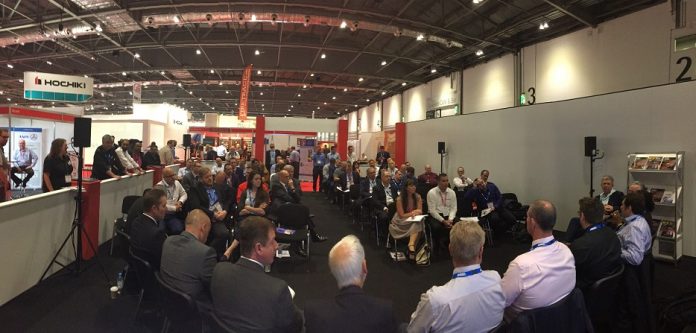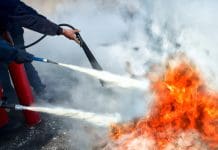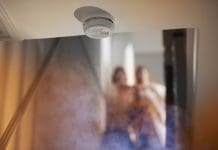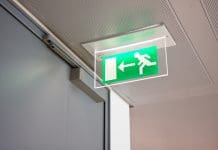ASFP COO Niall Rowan outlines the Association’s strategy to encourage collaborative working to improve fire safety in construction
Fire safety must be a consideration in all buildings. Recent reports of shortcomings in fire protection uncovered at four PFI hospitals come as no surprise to members of the Association for Specialist Fire Protection (ASFP), who have been installing and reinstating missing and damaged fire protection in UK buildings for many years.
However, what may come as a surprise is that this is a picture which is changing, as the construction industry becomes more aware of the fire protection issues it faces. Problems such as those uncovered in University Hospital Coventry, Royal Derby, Walsall Manor in the West Midlands and King’s Mill in Mansfield Nottinghamshire, may hopefully soon be a thing of the past.
The legacy issues identified in these high profile PFI building investigations and by major fires where ineffective installation of the required protection measures have been discovered has led to a fundamental rethink within the construction industry in recent years.
Passive fire protection
Passive fire protection has come to the forefront of consideration, and the ASFP is now working with experts from across the construction sector to develop solutions to key issues affecting fire safety in the built environment.
At this year’s Firex International, the ASFP hosted a ‘Question Time’ session which brought together a panel of key experts from across the entire construction process. The panel consisted of specialists each representing a different industry discipline from the architect through to the building owner. These included a criminal regulatory lawyer, a fire engineer, a Tier 1 contractor and specialist subcontractor, as well as passive fire protection manufacturers, an insurer, and representatives from building control, the fire service and a test house/certification body.
The breadth of debate identified several key issues influencing the quality and suitability of fire safety within the built environment, namely:
- Fragmentation within the construction design and build process
- The need to ensure adequate understanding and training for specifiers
- Improving standards of fire protection installation
- Ensuring competency in fire risk assessment
- Improving building resilience
The Question Time event clearly demonstrated a recognition that fragmentation within the construction industry continues to result in the frequent incorrect specification and installation of fire protection materials and systems.
All the assembled experts agreed that collaborative working across the whole design and build process is now of vital importance, and to this end agreed to regroup in early September for a ‘Roundtable’ event to look in further detail at ways in which such a collective industry approach could be considered.
The objective of the Roundtable meeting was to discuss ways to reduce fragmentation in the industry and to develop structures, processes and best practice guidance to enable the development of multi-disciplinary teams. These teams should offer earlier engagement of fire safety professionals in the construction, design and build process and better communication across the industry, in particular about the inspection and management of buildings throughout their working life.
The wide-ranging discussions emanating from this ASFP ‘Roundtable’ event concluded that an overarching construction strategy was required and that agreement and support from all the professional organisations involved in the design and build process should be secured.
In particular, the group identified that there is an urgent need to:
- Develop a ‘Plan of Works’ process which incorporates fire at the design stage, to ensure that there is a detailed specification for fire protection in the initial design and a schedule for fire throughout the construction process
- Ensure all professional bodies involved in design and build ‘buy in’ to this process
- Develop a supporting guidance document which will provide consistent and simple information to highlight what needs to be done at each stage of the process and by whom
- Investigate the possibilities for introducing a sign off process as construction progresses, with all information reaching the end-user to support adequate risk assessment
- Integrate the process with Business Information Modelling (BIM)
- Educate all in the built environment including the end user, inspectors, insurers, contractors and designers
Having now identified the objectives, work is now in hand to develop a ‘Plan of Works’ that can encompass the entire design, build, inspection and management process in relation to the fire performance of a building.
At its heart, there lies a fundamental need to educate all those within the built environment of the importance of fire protection within any building design. The ASFP is now in the process of developing an appropriate training and education strategy to meet this objective.
The panel will come together again during January to review progress. The goal is to offer the construction sector clear guidance, tailored to suit each stage of the process, from strategic definition through design concept and development, into the construction phase, handover and inspection and finally the on-going ‘in use’ of the building.
Fire safety construction strategy
It is anticipated that the development of such an overarching construction strategy can be achieved by mid-2017. Work will continue to raise awareness and implement the strategy throughout the year, with the ASFP looking to secure agreement and support from all the professional organisations involved in the design and build process.
The ASFP believes that its new construction strategy will result in a fundamental change in the way in which fire is considered throughout a building’s lifetime, resulting in significant improvements in the design, installation and maintenance of fire protection systems in future.
For further information on the ASFP, its members and activities, or to download its range of technical guidance documents and videos visit www.asfp.org.uk
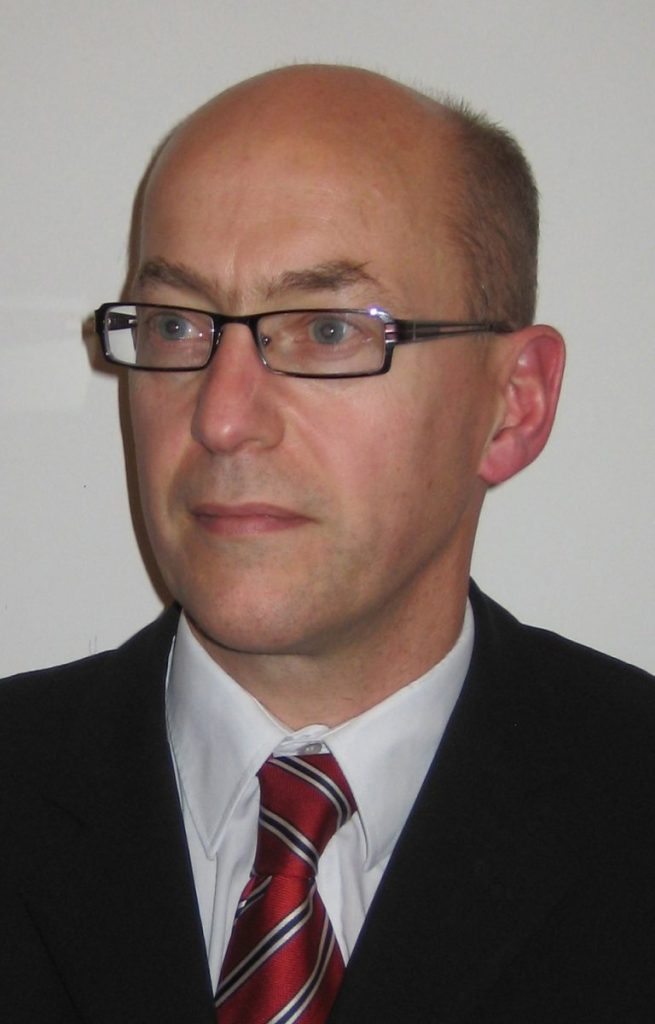 Niall Rowan
Niall Rowan
COO
Association for Specialist Fire Protection
info@asfp.org.uk


